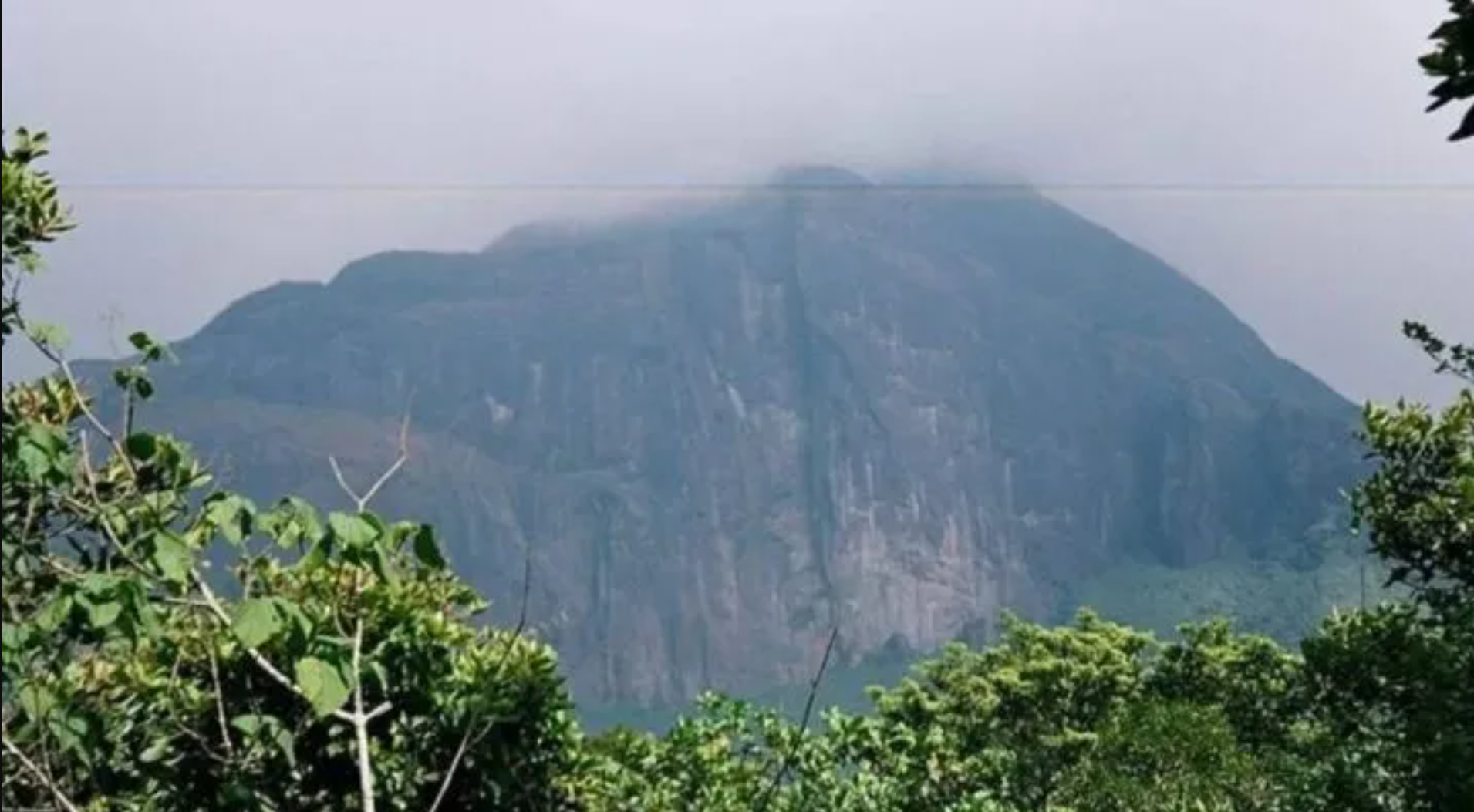The Centre has granted environmental clearance to more than 80 per cent of the proposals for projects and activities in the eco-sensitive zones of the country in the last five years, according to the data shared by Union minister Ashwini Kumar Choubey in the Rajya Sabha on Friday.
The minister said the environment ministry approved 43 of the total 53 proposals received in the last five years for projects and activities in the default eco-sensitive zones (ESZs) according to the provisions of the Environment Impact Assessment Notification, 2006. ESZs are eco-fragile areas within 10 kilometers of the borders of protected areas, including national parks and wildlife sanctuaries.
He also said the Standing Committee of National Board for Wild Life (SCNBWL) recommended a total of 689 proposals in the last five years. According to government data, SCNBWL recommended 153 proposals in 2018-19; 71 in 2019-20; 85 in 2020-21; 149 in 2021-22 and 231 in 2022-23.
The minister’s reply came in response to a question by Congress MP Rajeev Satav, who asked whether the government has granted environmental clearance to any project in the eco-sensitive zones in the last five years and the details thereof.
The minister did not specify the nature and location of the projects that were approved in the ESZs, nor did he mention the criteria and process followed for granting the clearance.
The approval of projects in the ESZs has raised concerns among environmentalists and activists, who fear that such activities could have adverse impacts on the biodiversity and ecology of the protected areas and their surroundings.
Some of the recent examples of controversial projects in the ESZs include the expansion of the National Highway 7 near the Pench Tiger Reserve in Madhya Pradesh, the construction of a railway line through the Melghat Tiger Reserve in Maharashtra, and the development of a coal mine near the Tadoba-Andhari Tiger Reserve in Maharashtra.
These projects have faced opposition from various quarters, including the National Tiger Conservation Authority, the Supreme Court-appointed Central Empowered Committee, and the local communities.
The environmentalists have also questioned the validity and effectiveness of the ESZs, which were notified by the government in 2011 to regulate the activities around the protected areas and to create a buffer zone for wildlife conservation.
They have pointed out that the ESZs are often too small and arbitrary, and do not take into account the ecological and social aspects of the regions. They have also alleged that the government has been diluting the ESZ norms and allowing more and more projects in the name of development and public interest.
The government, on the other hand, has defended its decisions, saying that the projects are necessary for the economic growth and development of the country, and that they are carried out with due diligence and safeguards to minimize the environmental impacts.
The government has also claimed that it has taken several steps to protect and enhance the wildlife habitats and corridors, such as increasing the number and area of protected areas, implementing the Project Tiger and Project Elephant schemes, and providing financial and technical assistance to the states for conservation.
However, the ground reality seems to be different, as the latest report by the Wildlife Institute of India revealed that India lost 333 sq km of forest cover in the tiger landscape between 2018 and 2020, and that the tiger population declined by 3 per cent in the same period.
The report also highlighted the threats posed by the linear infrastructure projects, such as roads, railways, and power lines, to the tiger habitats and corridors, and recommended that such projects should be avoided or minimized in the critical areas.
The report also suggested that the ESZs should be based on scientific and participatory methods, and that the clearance process should be transparent and accountable.
The report’s findings and recommendations have reiterated the need for a balance between development and conservation, and for a holistic and inclusive approach to the management of the eco-sensitive zones and the protected areas.



